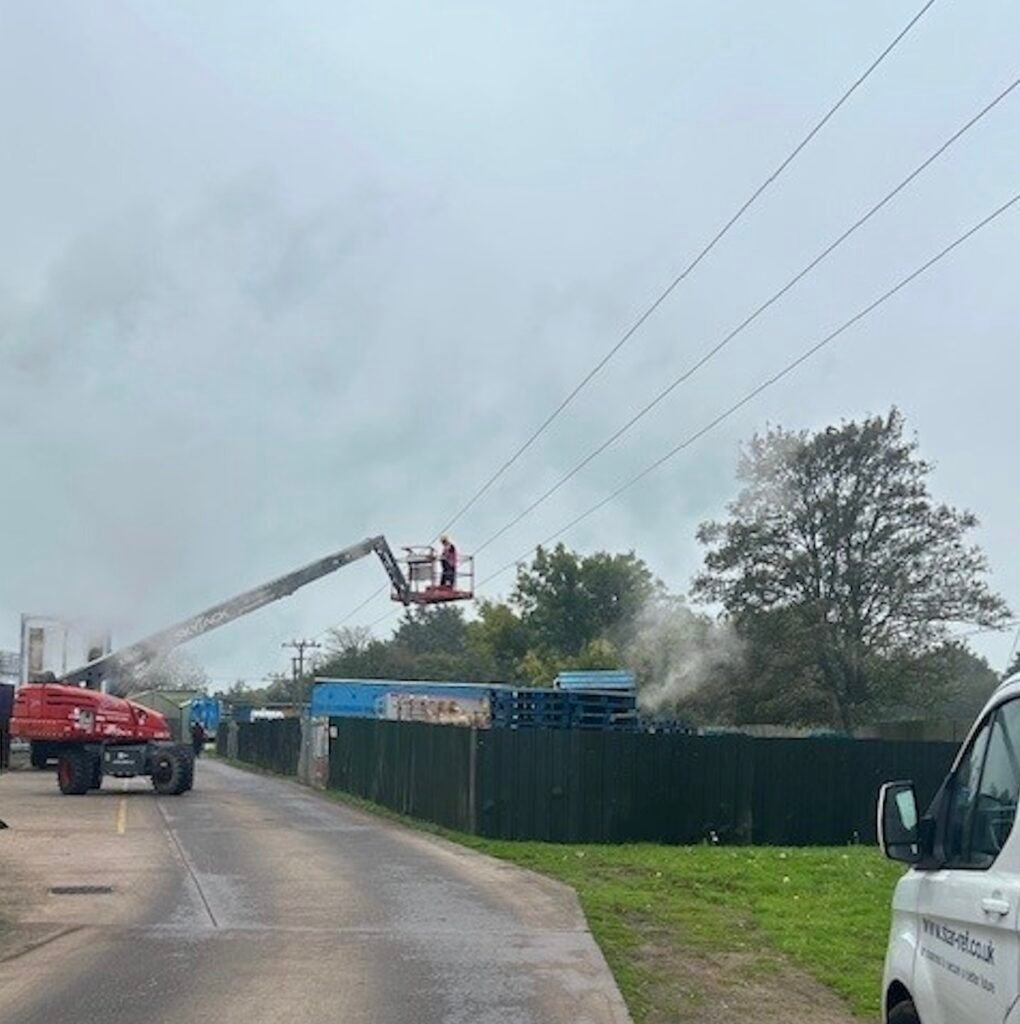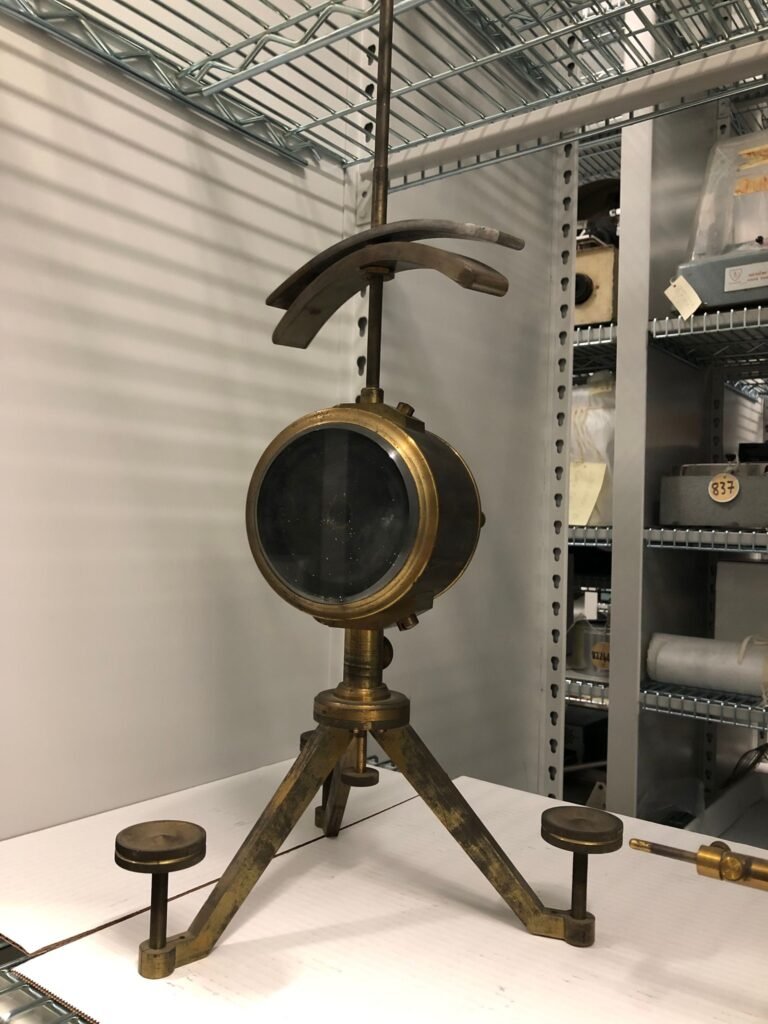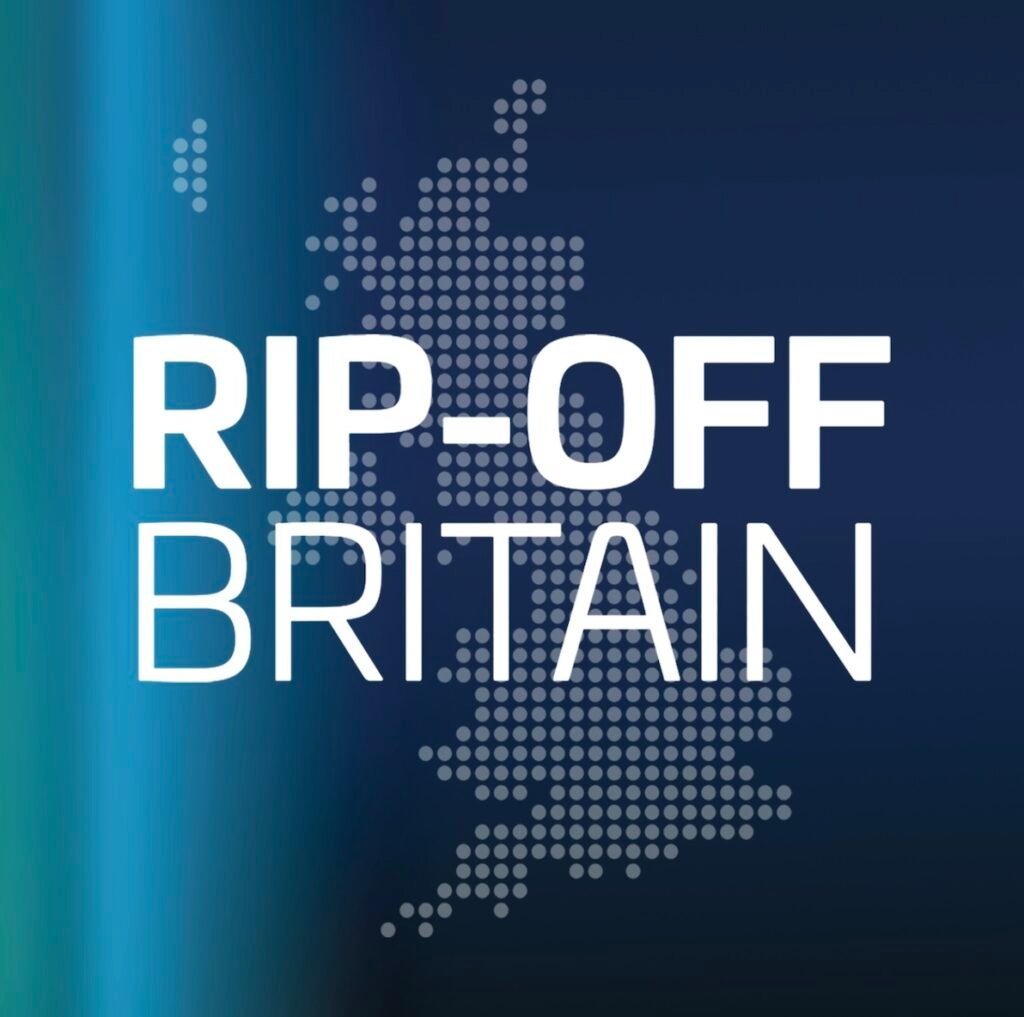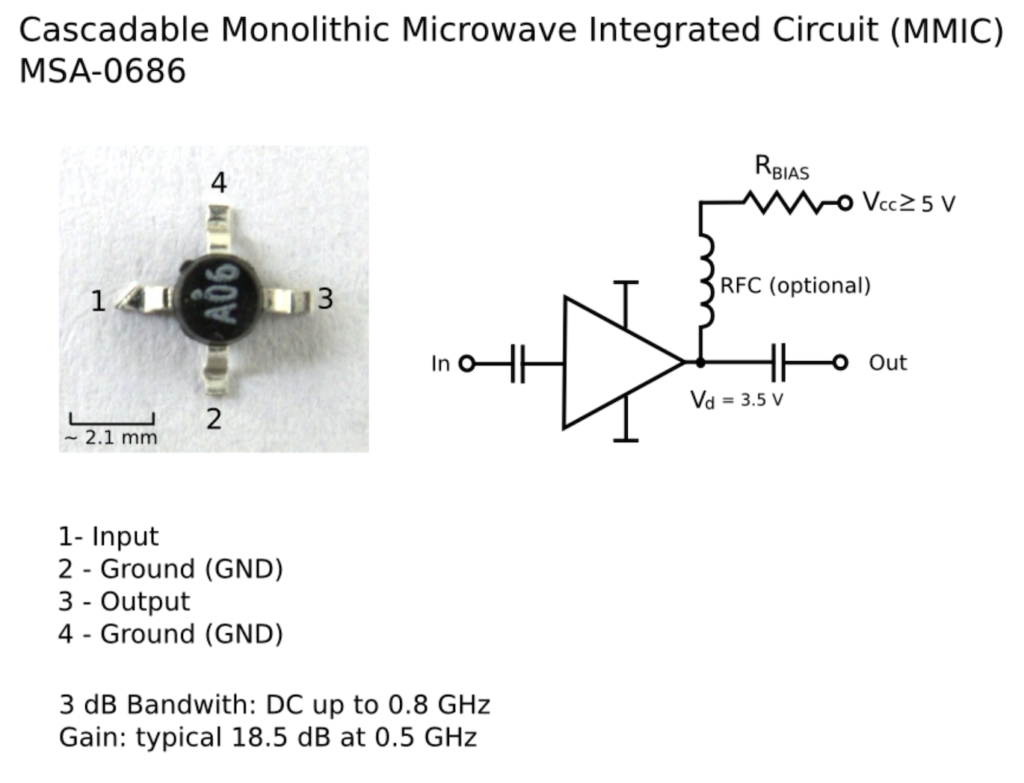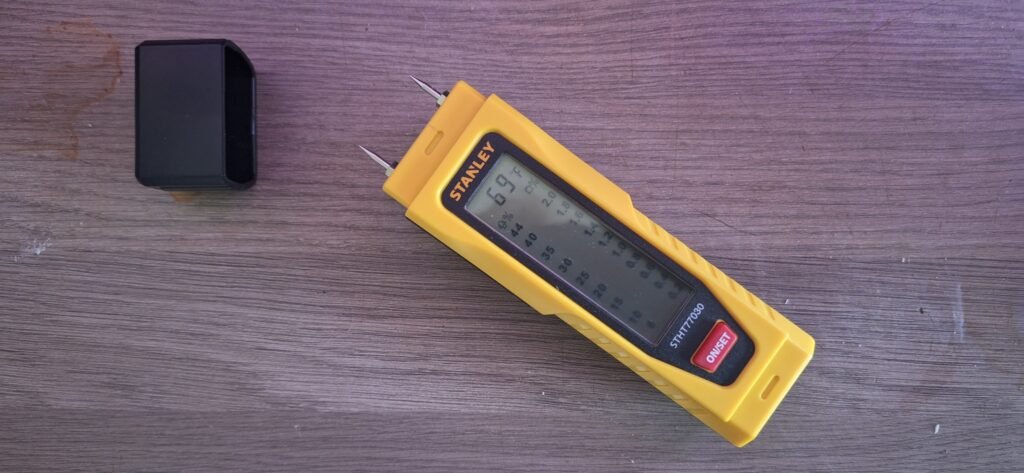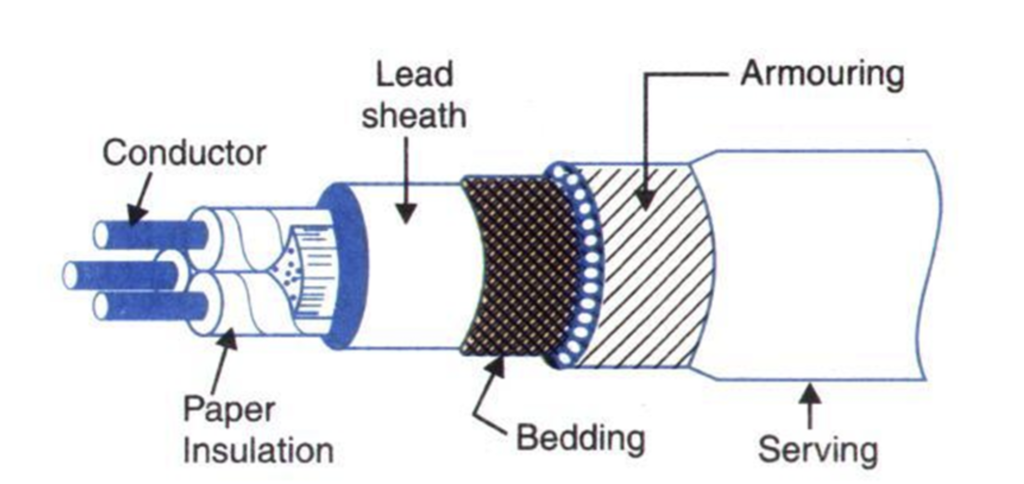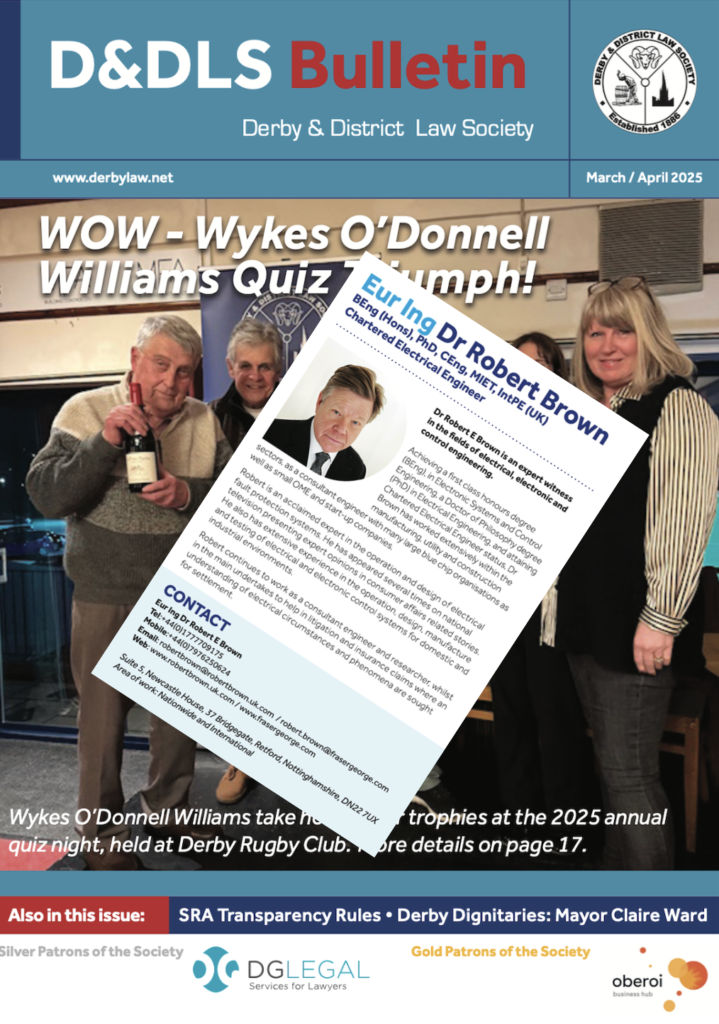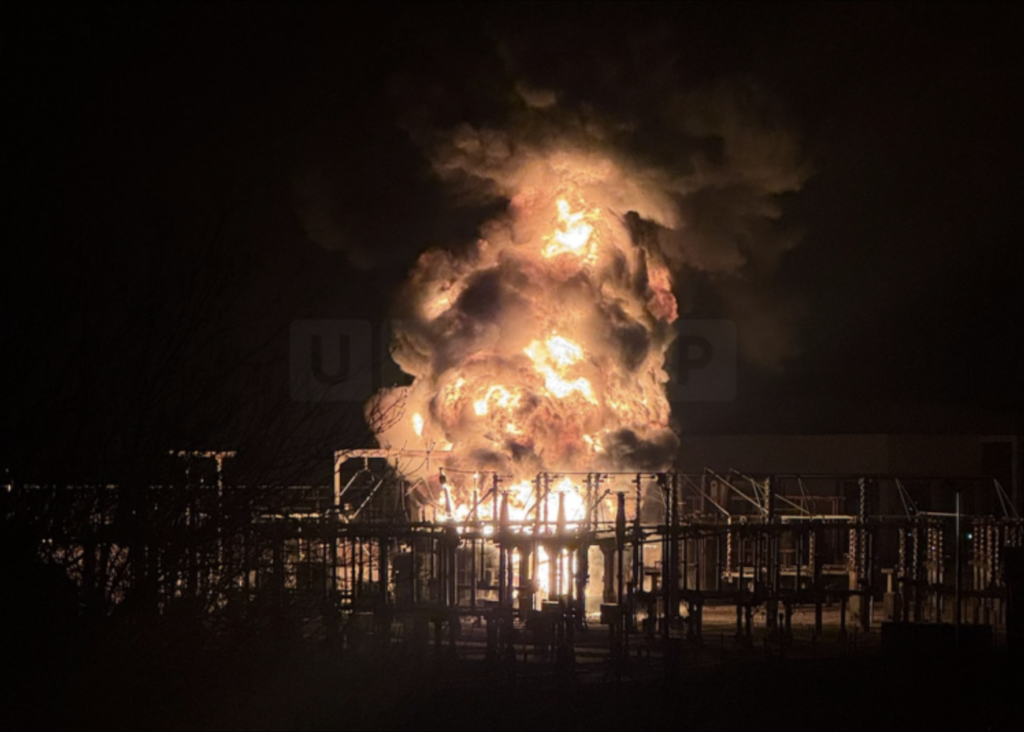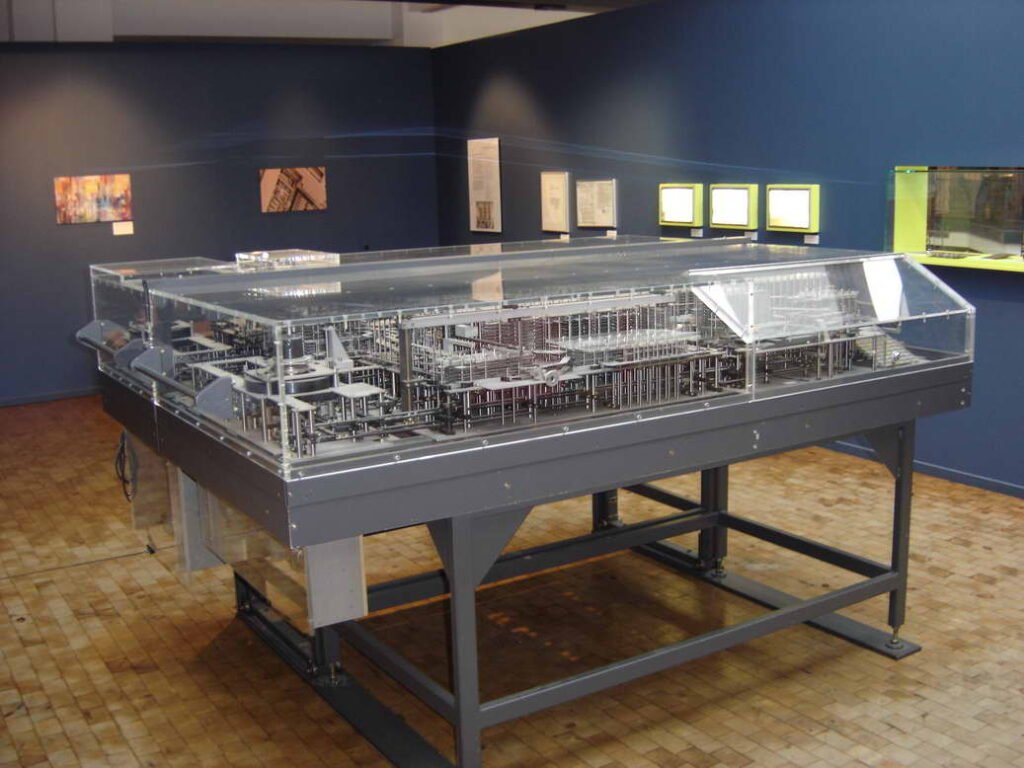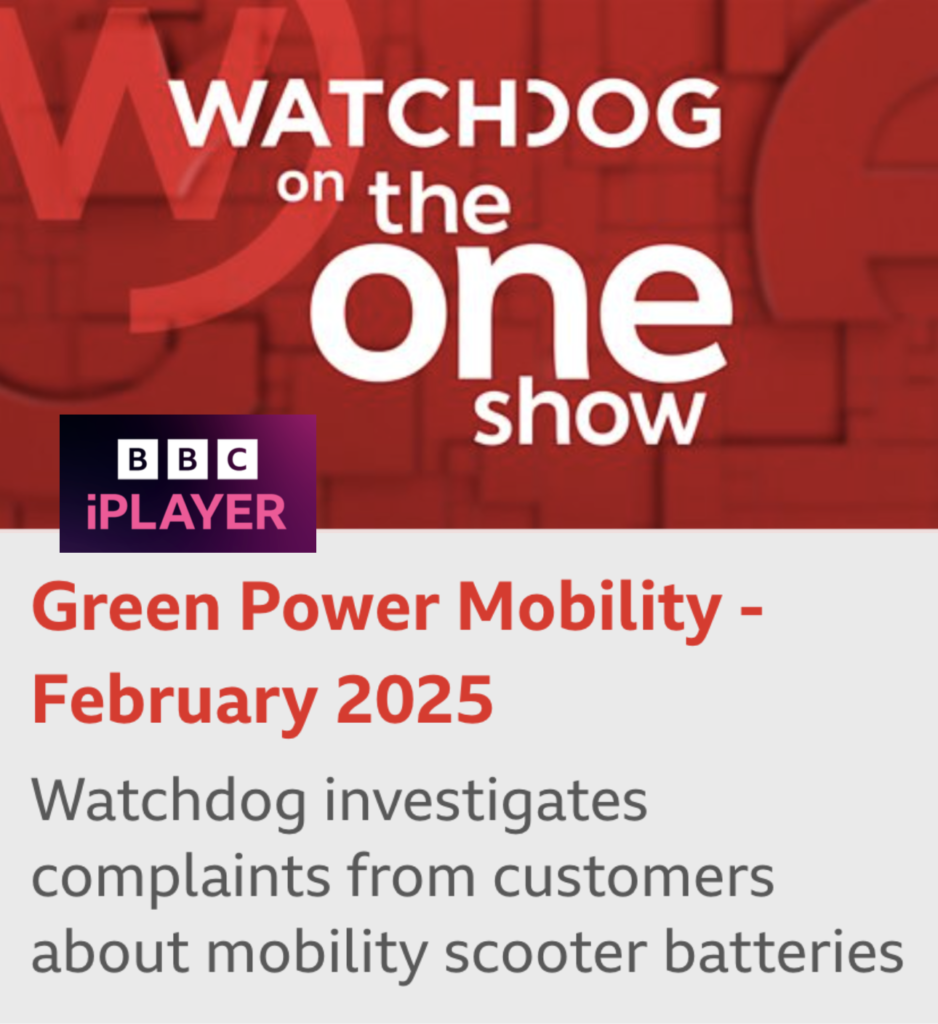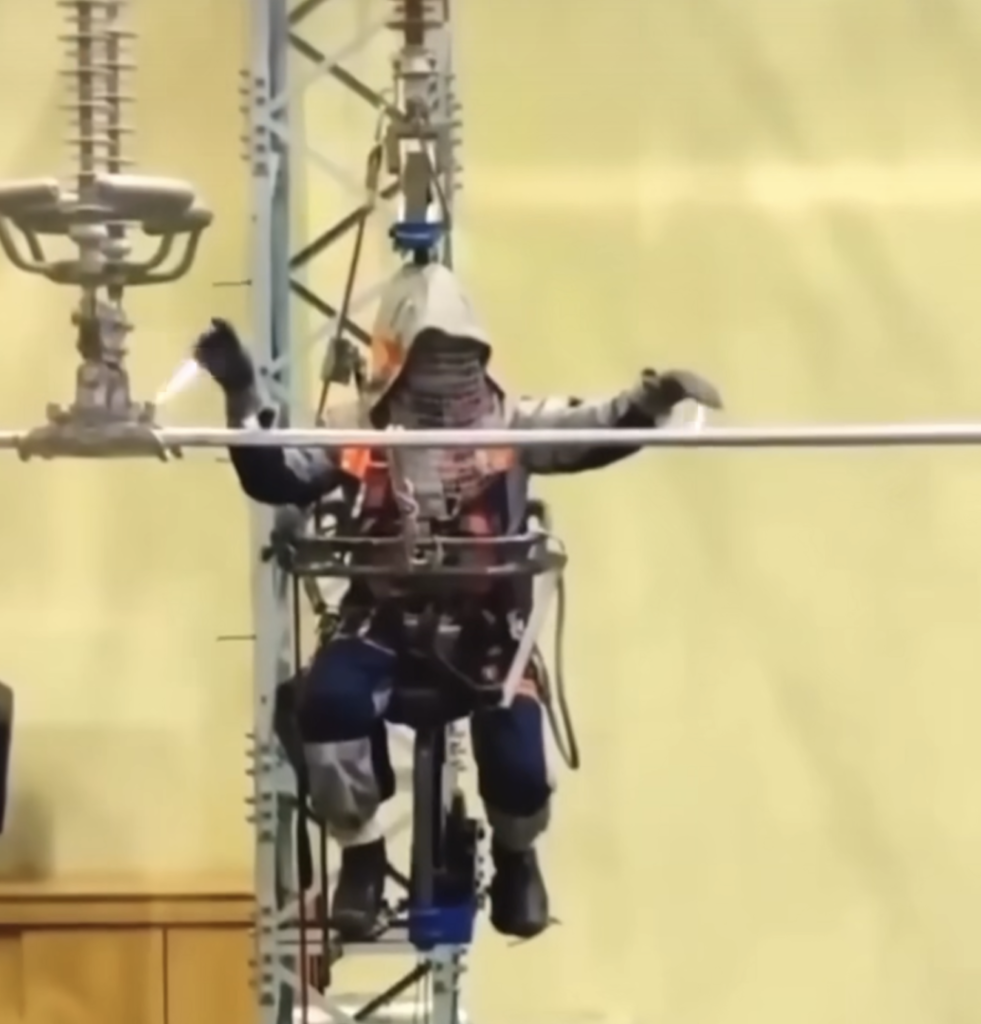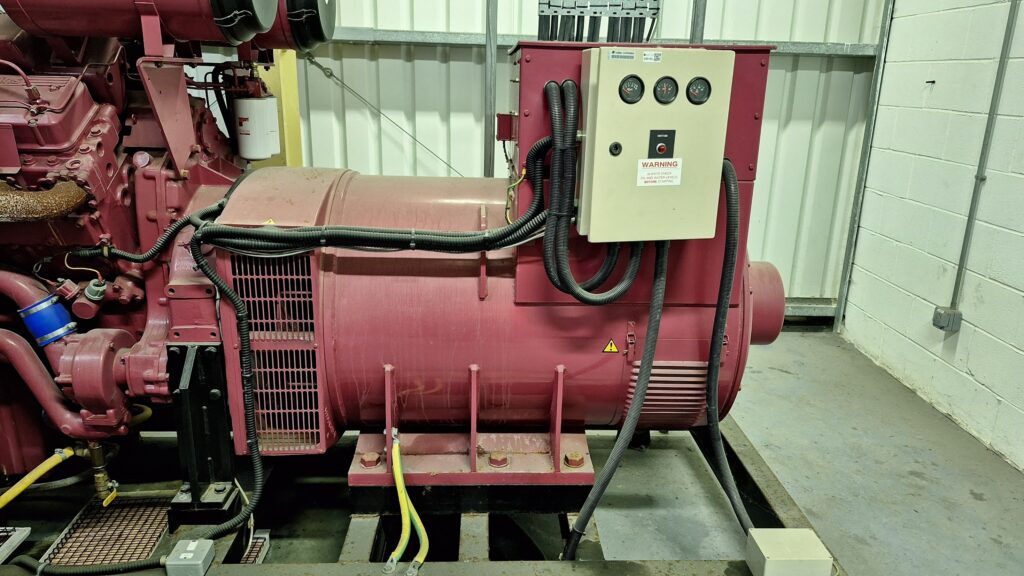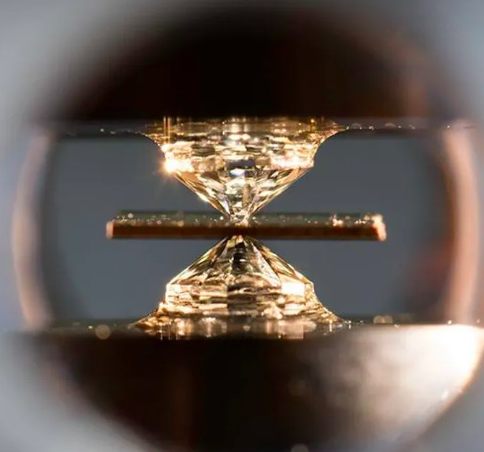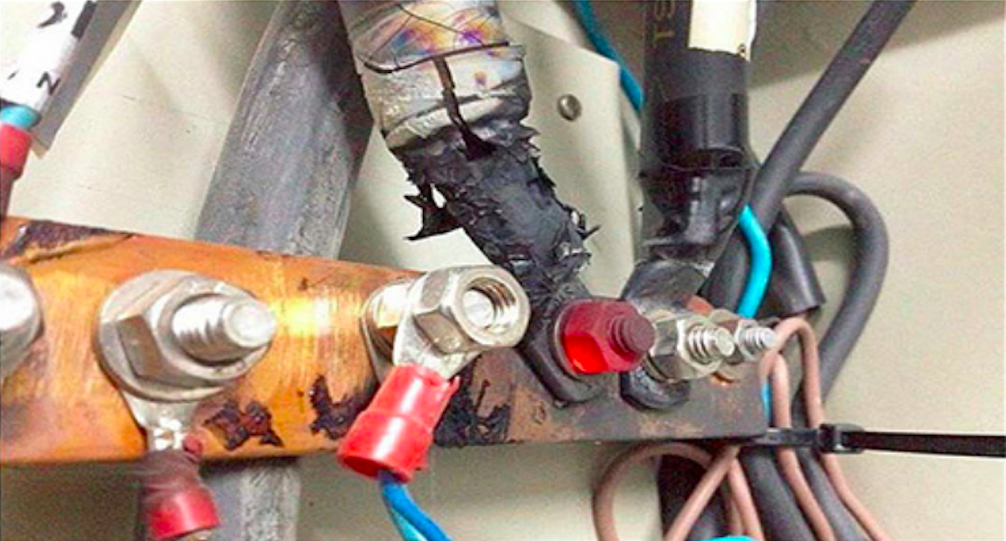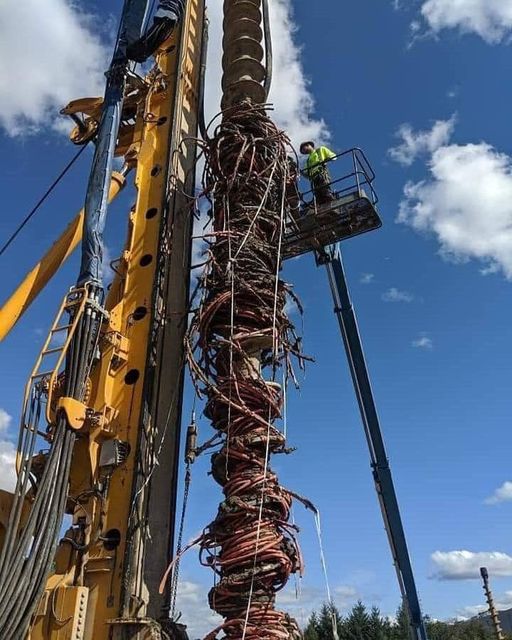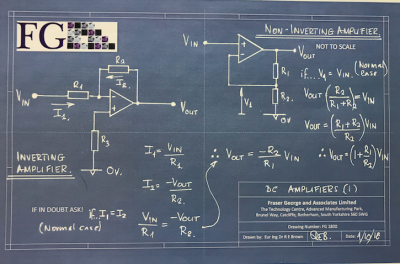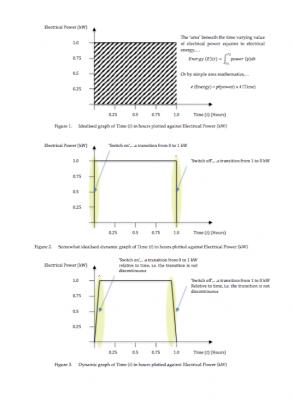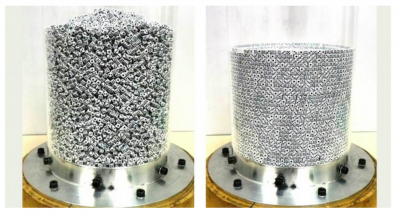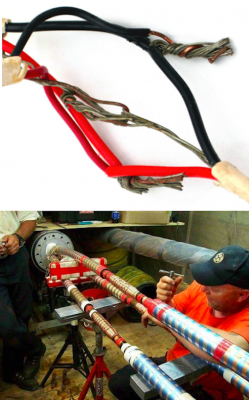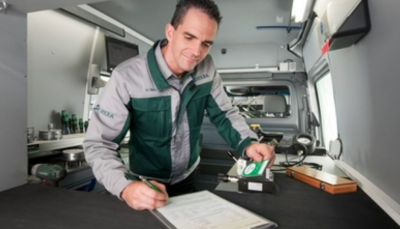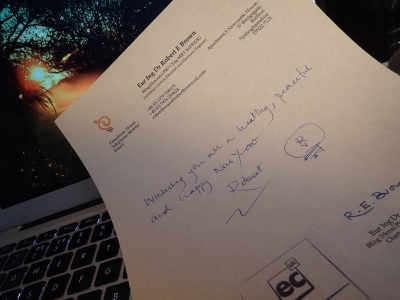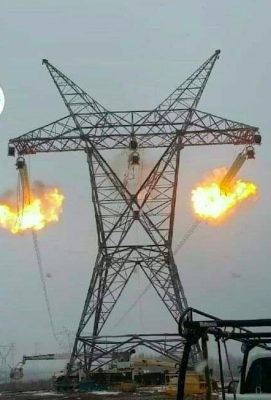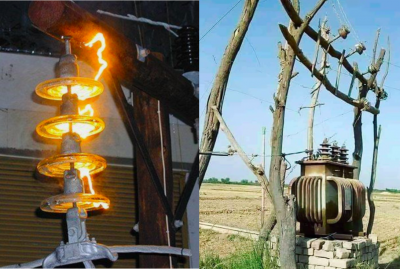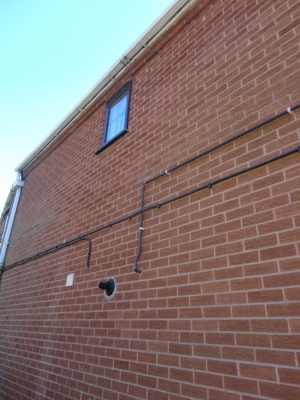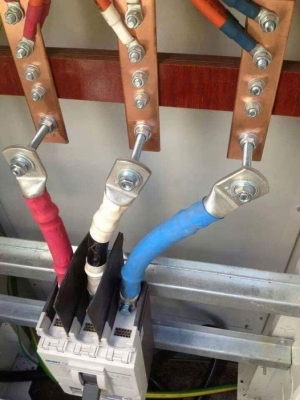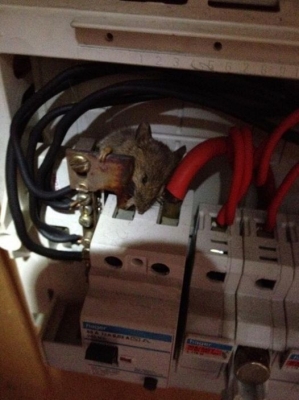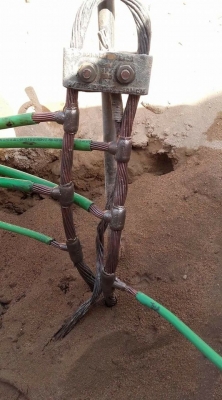Expert Witness Electrical? Electrical dispute? Do you require the services of an experienced electrical engineer expert witness? CPR 35 expert report? Contact Fraser George !!
Electrical Expert – Supplementary ‘equipotential’ Earth Bonding in Special Places: Bathrooms, Shower rooms, Wet-rooms etc…
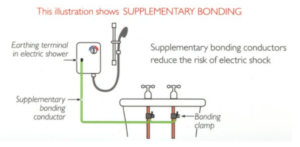
Recently I wrote of earth bonding and why water and gas service pipes are electrically connected to an earth point.
Recall, we concluded that if a person comes into contact with an electrical conductor, be this any form of metalwork, taps, metal sinks, metal panels of appliances etc., or standard copper service pipes (gas/water) and this metal work has not been adequately and efficiently connected via suitable electrical cables to an earth point (referred to as ‘earth bonded’), then if the metal work is charged to a voltage of a sufficient magnitude, the person will experience an electrical shock which could be fatal.
So in order to eliminate this possibility all metalwork (referred to as extraneous conductive parts), are electrically connected to an earth point, i.e. earth bonded. In this way, even if a significant charge does develop, such as during an earth fault circumstance, all extraneous conductive parts that someone could touch will reside at earth potential i.e. zero (0) volts and hence no dangerous electrical ‘shock’ current can flow.
Bathrooms, shower rooms and wet rooms
Rooms which present potential contact between electricity and water are afforded special rules as far as electricity is concerned. Generally, most understand that water and electricity do ‘not mix’, so consideration has to be taken in setting the course of electrical cables and siting of electrical components within a bathroom, shower rooms or wet rooms. The 18th Edition of BS 7671, i.e. commonly referred to as the IET ‘Regs’ (Institution of Engineering Technology, formerly the Institute of Electrical Engineers (IEE)), such special locations carry their own very specific rules.
To proceed we will discuss earth bonding within a bathroom yet discussion equally applies to shower or wet rooms.
Section 701 of BS 7671 2018: “Locations containing a bath or shower” is relevant to our discussions. The electrical regulations relating to electrical apparatus within a bathroom, shower room or wet room sets out to subdivide such a ‘room’ into three (3) zones (0-2), which fundamentally is dictated by the proximity of a water outlet to and electrical power outlet.
We shall discuss the electrical attributes and requirements of each zone in subsequent blogs yet for now, regulation 701.415.2 states, ….
“Local supplementary equipotential bonding according to Regulation 415.2 shall be established connecting together the terminals of the protective conductor of each circuit supplying Class I and Class II equipment to the accessible extraneous-conductive parts within a room containing a bath or shower including the following:
(i) metallic pipes supplying services and metallic waste pipes (e.g. water, gas).
(ii) metallic central heating pipes and air conditioning systems.
(iii) accessible metallic structural parts on the building (metallic door architraves, window frames and similar parts are not considered to be extraneous-conductive parts unless they are connected to metallic structural parts of the building.
Supplementary equipotential bonding may be installed outside or inside rooms containing a bath or shower preferably close to the point of entry of extraneous conductive parts into such rooms.
Where the location containing a bath or shower is in a building wit a protective equipotential bonding system in accordance with Regulation 411.3.1.2, supplementary equipotential bonding may be omitted where all of the following conditions are met:
(iv) All final circuits of the location comply with the requirements for automatic disconnection according to Regulation 411.3.2
(v) All final circuits of the location have additional protection by means of an RCD in accordance with Regulation 411.3.3
(vi) All extraneous conductive parts of he location are effectively connected to the protective equipotential bonding according to Regulation 411.3.1.2
Size of supplementary equipotential bonding conductors
| Size of circuit protective conductor (CPC) Earth | Not protected | Mechanically Protected |
| 1.0 mm² | 4.0 mm² | 2.5 mm² |
| 1.5 mm² | 4.0 mm² | 2.5 mm² |
| 2.5 mm² | 4.0 mm² | 2.5 mm² |
| 4.0 mm² | 4.0 mm² | 2.5 mm² |
| 6.0 mm² | 4.0 mm² | 4.0 mm² |
About Dr Robert Brown:
Eur Ing Dr Robert Brown (Robert) is the Executive Director of Fraser George and Associates Limited and is a Consultant and Forensic Engineer in the fields Electrical Electronic and Control Engineering.
Robert is an accomplished professional Electrical Expert Witness having prepared and presented many court compliant reports and presented oral evidence within the High Court, Crown Courts and County Courts.
Robert is a registered Chartered Electrical Engineer, specialising in the fields are control engineering, parameter data capture and accurate data ‘representation’. Robert graduated from Sheffield Hallam University with a first class honours degree in Electronic Systems and Control Engineering and followed this by completing doctorate research in Electrical Engineering, again at Sheffield Hallam University where Robert undertook research studies in the field of Disintegration and Arcing in Electrical Fuses. Robert is now considered to be a leading world expert in the field of electrical circuit protection systems, the phenomena of electrical fuse operation and the attributes of clearing ‘fault’ electrical current circumstances. Robert has published my pure and applied research studies in peer-refereed journals and at conference.
In his spare time Robert is a Formula 1 motor racing enthusiast and enjoys outdoor activities especially hill walking and scrambling, golf and fishing. Robert is a brass band enthusiast, a tuba player and band manager of Hatfield and Askern Colliery Band. When time allows Robert also enjoys travelling and reading any books associated with travel and popular science.
Robert’s Curriculum Vitae:
https://drive.google.com/file/d/1GihZlqFQgqj2GUvJ6Qyq8C0qUk_ex9K1/view?usp=sharing
Robert’s litigation specialisms:
https://drive.google.com/file/d/1j82-viH_6kWaegdLl_GRRAFcEaHUm0wM/view?usp=sharing
Robert’s case portfolio:
https://drive.google.com/file/d/1xec5cowOe184V7ejCXKtHn8ELGKE0e3d/view?usp=sharing
Robert’s notable cases:
https://drive.google.com/file/d/11VUNbJOadHKOyEoOfY8xTZaAokElJAdH/view?usp=sharing
For further information please contact Robert via;
Email,…robert.brown@frasergeorge.com or robertbrown@robertbrown.uk.com
Tel Land: +44 (0)1777 709175
Tel Mobile: +44 (0) 7976250624
https://www.facebook.com/Fraser.George.Electrical.Expert
https://www.facebook.com/EurIngDrRobertBrown
https://www.linkedin.com/in/consultantrobertbrown
https://www.linkedin.com/company/21539092
Websites: www.frasergeorge.com and www.robertbrown.uk.com
https://frasergeorge.com/contact-us/
#ElectricalExpertWitness, #ElectricalEngineerExpertWitness, #ExpertWitnessElectricalEngineer, #ElectricalExpert, #ElectronicExpertWitness ,#ElectronicExpert, #ElectricalShock, #ElectricalRegulations, #ElectricalStandards, #ElectricalConsultant, #ConsultantElectricalEngineer, #ConsultantEngineer, #ForensicEngineerElectrical, #ForensicElectricalEngineer, #ElectricalRegulationsExpert, #ElectricalStandardsExpert, #ExpertElectricalEngineer,




